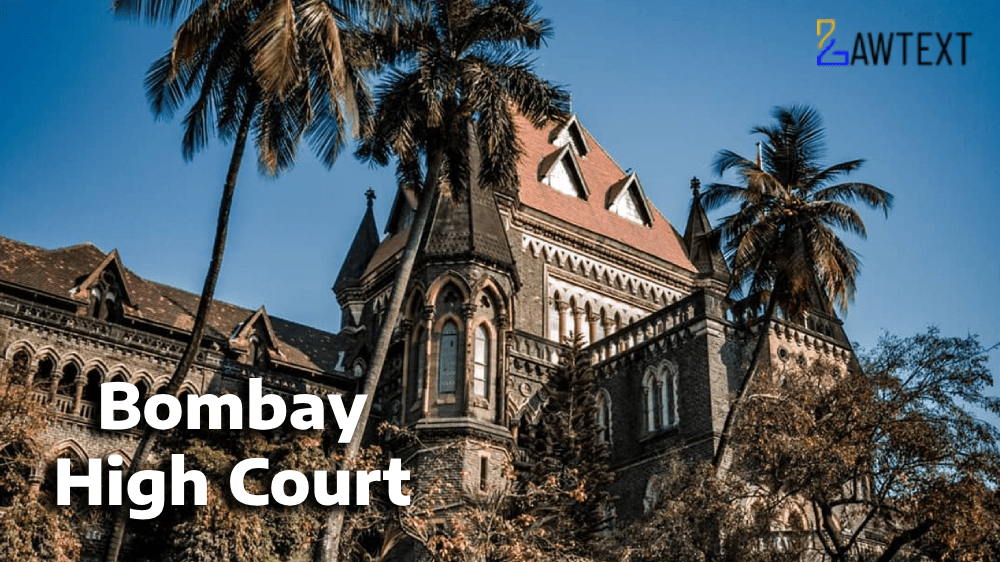Court Quashes Rejection of Applications under Sabka Vishwas Scheme. The Court provides significant relief to a limited liability partnership firm and its partners by quashing the rejection of their applications under the Sabka Vishwas (Legacy Dispute Resolution) Scheme, 2019, and directs authorities to process their claims.

CASE NOTE & SUMMARY
This judgment deals with the challenge posed by a limited liability partnership firm and its partners against the rejection of their applications under the Sabka Vishwas (Legacy Dispute Resolution) Scheme, 2019 ("SVLDR Scheme"). The court quashes the rejections and directs the respondents to process the applications within specified timelines.
1. Introduction and Background
- The petition was filed under Article 226 of the Constitution of India by a firm and its partners challenging the rejection of their applications made under the SVLDR Scheme for settling disputes arising under indirect tax.
- The primary issue revolved around whether the firm and its partners were entitled to relief under the SVLDR Scheme, particularly concerning the waiver of redemption fines and penalties.
2. Rejection of Application LD2612190005231
- The firm's application was initially rejected due to non-payment of a redemption fine of Rs. 21 lakh.
- The court clarified that the SVLDR Scheme only requires the payment of "tax dues," which refers to the central excise duty and not redemption fines.
- The court referenced decisions from other High Courts, noting that waiver of fines is indeed covered under the scheme, quashing the rejection.
3. Rejection of Application LD2612190005177
- The second application was rejected on the erroneous ground that the petitioner had requested its withdrawal.
- The court directed the respondents to process the application as per the SVLDR Scheme’s guidelines.
4. Rejection of Multiple Declarations
- Several declarations were rejected on the grounds that no pending investigation or enquiry was active by 30th June 2019.
- The court found that the investigation was indeed pending as per the definition in the SVLDR Scheme, quashing the rejections and ordering the applications to be processed.
5. Rejection of Partners' Applications
- Applications made by the partners were rejected because of the rejection of the firm’s applications.
- With the firm's rejections being quashed, the partners’ applications were also reinstated, and the respondents were directed to process them accordingly.
6. Conclusion
- The court quashed the rejection of all applications and directed the respondents to take necessary actions, including issuing appropriate forms and processing payments as per the SVLDR Scheme, within specified timelines.
Citation: 2024 LawText (BOM) (7) 262
Case Number: WRIT PETITION NO.7653 OF 2021
Date of Decision: 2024-07-26
Case Title: Messrs Esbee Electrotech LLP Ors. Versus The Union Of India Ors.
Before Judge: K. R. SHRIRAM & JITENDRA JAIN, JJ.
Advocate(s): Mr. Prakash Shah a/w Mr. Mihir Mehta and Mr. Mohit Raval i/b. PDS Legal for Petitioners. Mr. Jitendra B. Mishra a/w Ms. Sangeeta Yadav, Mr. Umesh Gupta and Mr. Rupesh Dubey for Respondents
Appellant: Messrs Esbee Electrotech LLP Ors.
Respondent: The Union Of India Ors.

